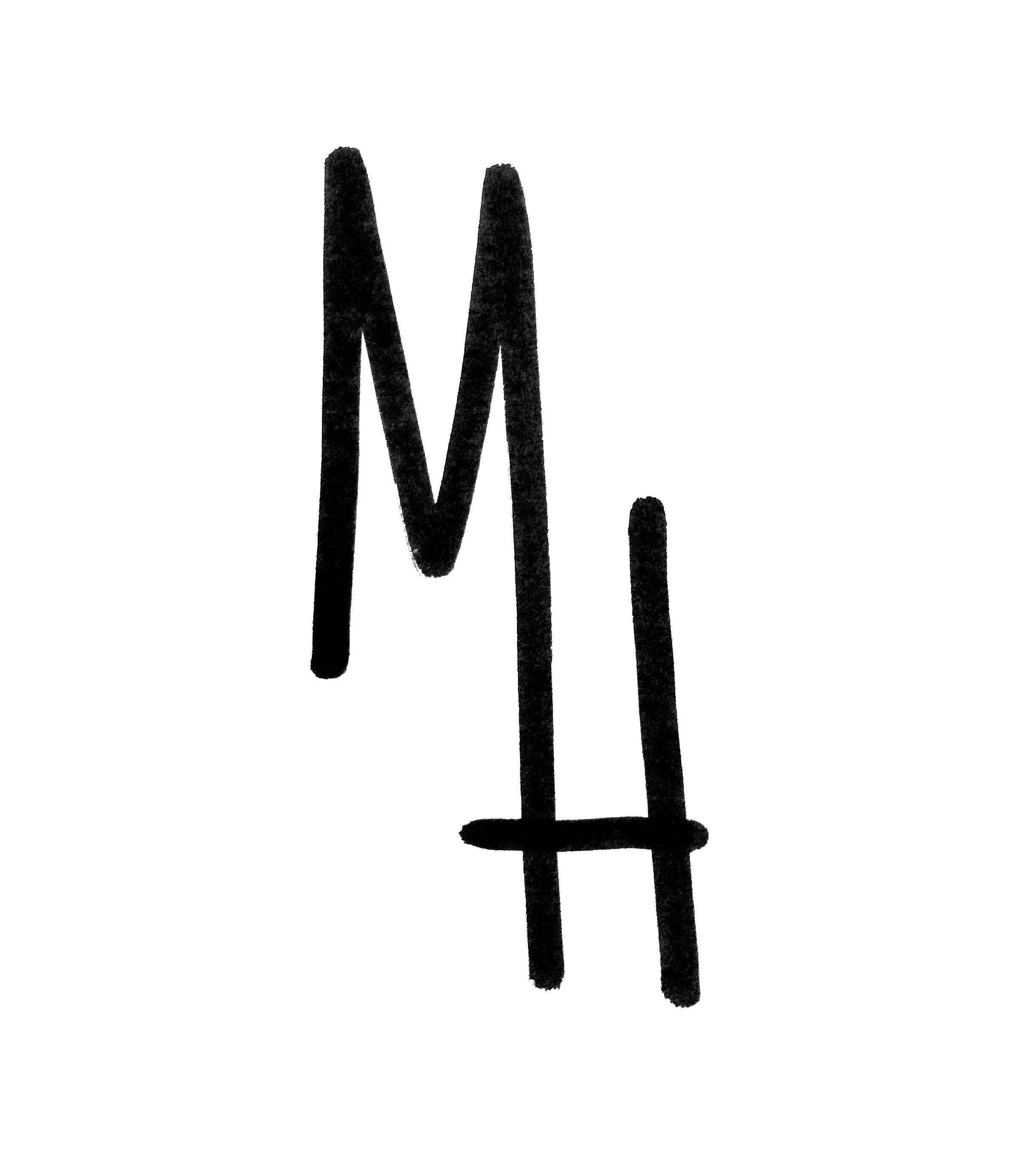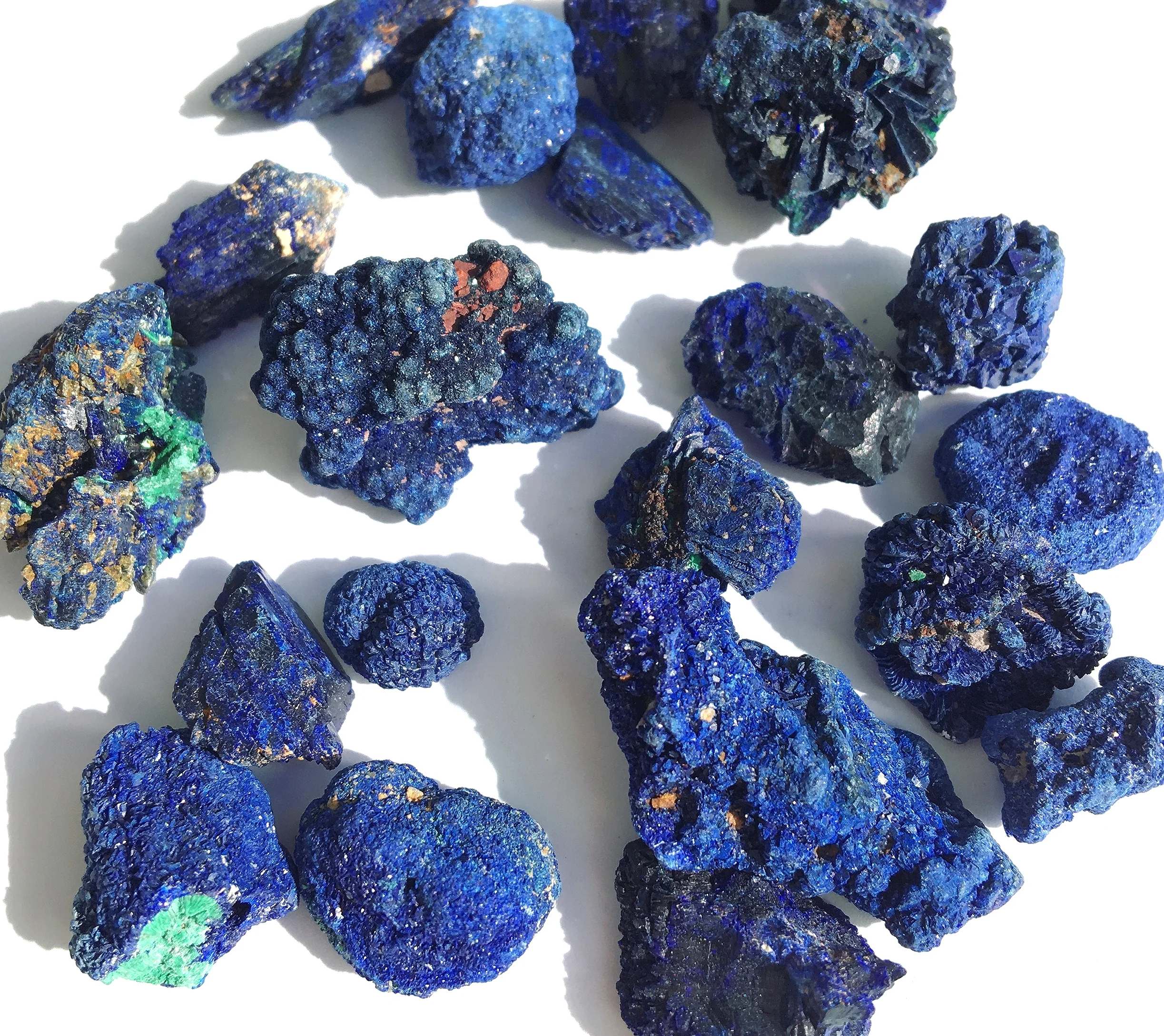(1) In ancient Egypt, azurite was used by high priests and priestesses used azurite pigment as ceremonial make-up. (2) Ancient Romans used azurite as a tool for hypnosis. (3) For thousands of years this brilliant blue stone was ground and used as a dye for paints and fabrics.
(1) Plato mentioned Azurite in his writings about Atlantis, describing it to be one of the most powerful healing stones where its psychic powers were so potent, the secrets to its use were known only to priests.
Latin borrowed a Persian word for blue, labored, which in the form of lazurium became azurium, and gave us our word azure. Azurite is composed of a basic carbonate of copper, found in many parts of the world in the upper oxidized portions of copper ore deposits. Azurite mineral is usually associated in nature with malachite, the green basic carbonate of copper that is far more abundant. Azurite was the most important blue pigment in European painting throughout the middle ages and Renaissance by contrast, despite the more exotic and costly ultramarine having received greater acclaim. Azurite—then commonly called azzuro d'Alemagna—was often used for draperies, particularly in works by Duccio and his circle.

